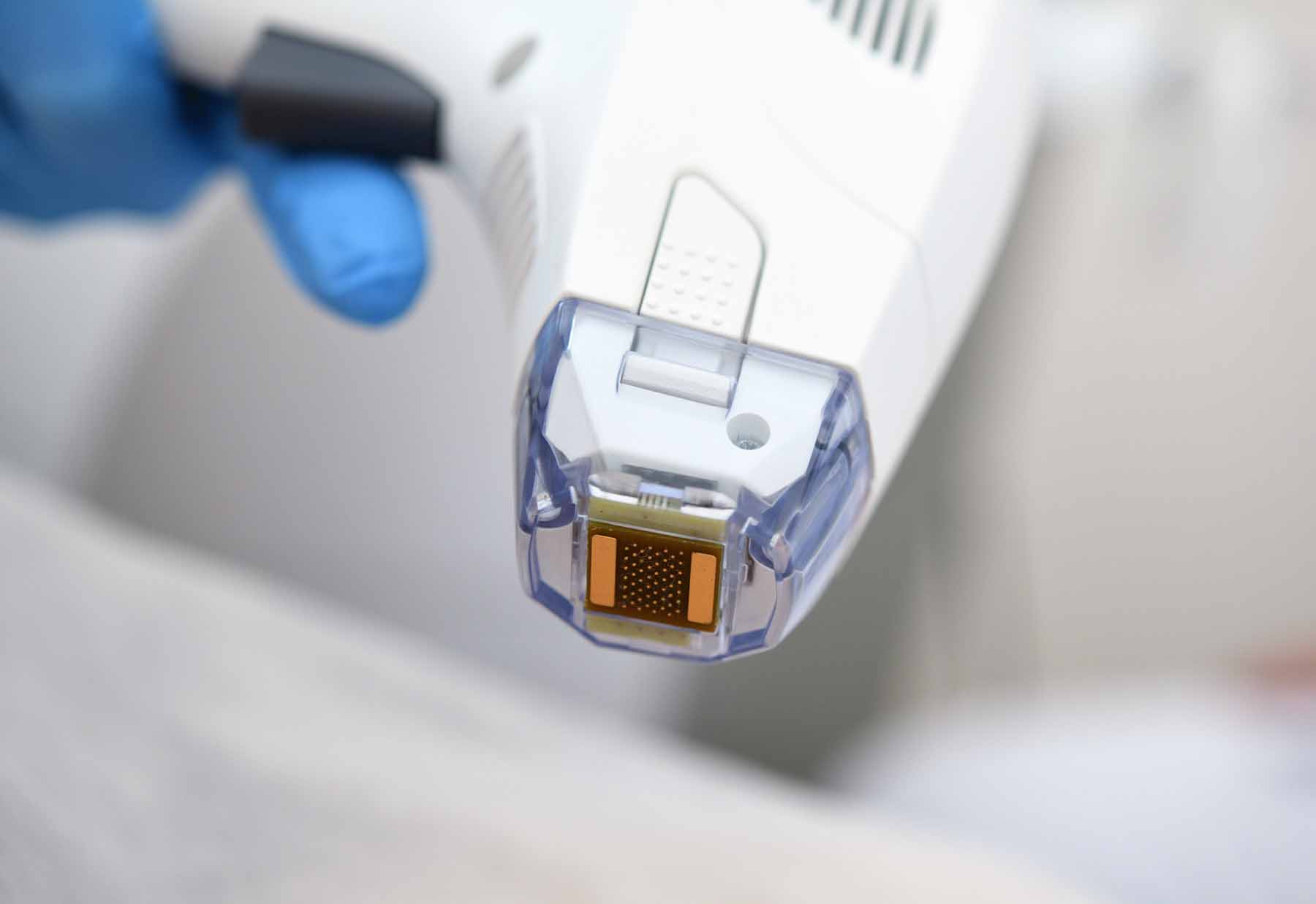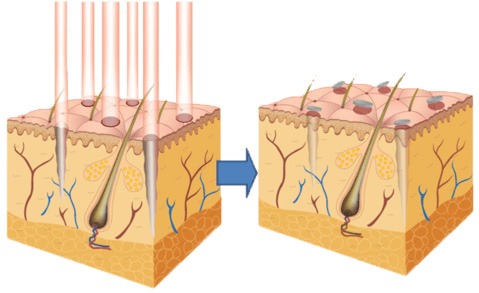Non Ablative Fractional Laser (NAFL)
Why Non Ablative Fractional Laser (NAFL)?
A Non-Ablative Fractional Laser (NAFL) is a non-wounding laser, it does not damage the integrity of your epidermis. NAFL uses a wavelength that does not evaporate the water in the tissue, and the energy from the laser heats the tissue in a controlled manner. Therefore, many patients prefer NAFL to ablative laser treatment. The rise in temperature stimulates the production of new collagen. By producing new collagen, the remodelling of the scar tissue is improved. Although NAFL is less invasive, requires less recovery time and has less complication risks, is not as effective as ablative laser resurfacing.
Adverse effects
- Infection. NAFL can cause a flare-up of the herpes virus (if you have a history of the herpes virus you may be prescribed antiviral medication before and after treatment to prevent a viral infection)
- Changes in skin colour. If you have tanned or darker skin, NAFL can cause your skin to become temporarily darker (hyperpigmentation).
- Mild swelling and redness. Both typically last only for hours or days.
- Blistering and scarring – this is rare with NAFL.
Treatment recommendations
Your doctor will protect your eyes and numb your skin with a topical (cream) anaesthetic one hour before treatment. To protect the outer layer of your skin during the procedure, your doctor will apply a water-based gel.
NAFL treatments usually take between 15 minutes and 1-1/2 hours, depending on the technique used and size of the area treated. Typically, a series of treatments are needed usually over a course of weeks or months. It’s important to avoid sun exposure for one year after the procedure.
F.A.Q.



